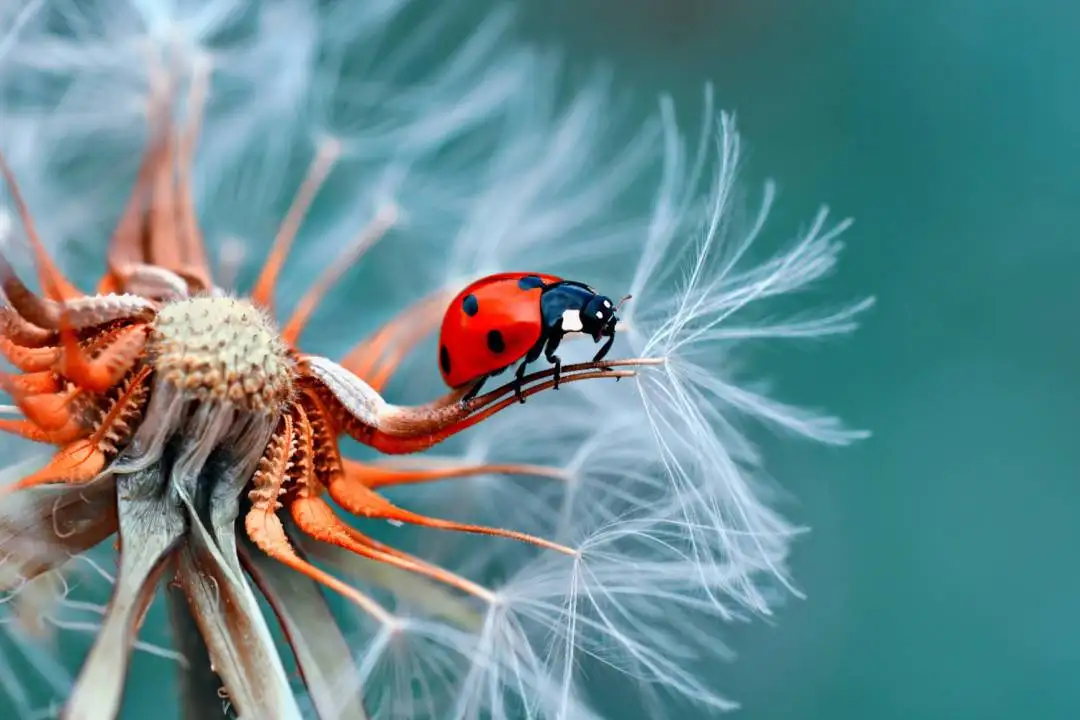Macro photography allows us to observe the intricate details of small objects and capture extraordinary images that showcase the unseen aspects of our surroundings. While it may initially appear daunting, mastering macro photography can be straightforward with a basic understanding of its principles. By following these expert tips, you’ll be able to create stunning macro photographs in no time.
To start your macro photography journey, a smartphone can suffice, but for those aiming for exceptional close-up shots, a mirrorless or DSLR camera with a specialized macro lens is recommended.
What is macro photography? Macro photography involves capturing extreme close-up images using a 1:1 macro lens to enlarge the subject beyond its actual size. This style allows you to reveal details invisible to the naked eye, which can be captivating.
Can you do macro photography with a phone? Yes, many modern smartphones have macro modes or wide-angle lenses that enable macro photography. For example, the iPhone 15 Pro allows you to focus as close as 24mm. If you want to upgrade your phone for better macro capabilities, refer to our guide for the best smartphones for macro photography. Alternatively, if you plan to invest in a dedicated camera setup, explore our guide on close-up photography tips and equipment recommendations.
What are the benefits of macro photography? Macro photography offers a fresh perspective on the minutiae of the world around us, highlighting both natural and man-made subjects. Even mundane objects can appear extraordinary when viewed up close, making macro photography an exciting and accessible genre.
How to shoot macro photos: 15 top tips
- Choose the Best Lens: Macro lenses vary in focal length from 50mm to 200mm. Zoom lenses with a macro setting offer less than 1:1 magnification, while true macro begins with 1:1. For general use, a 50-60mm lens is sufficient, while a 90-105mm lens is a popular choice for better working distance. Longer focal lengths (150-200mm) are ideal for photographing insects.
- Add Extension Tubes: Extension tubes allow you to focus closer by placing them between the lens and the camera body. This cost-effective solution can improve close-up capabilities, but it does limit focusing range.
- Use Close-Up Filters: Close-up filters, also known as dioptres, screw onto the front of the lens and provide an inexpensive way to achieve macro shots. However, they can affect image quality.
- Control Depth of Field: Small apertures (f/16 or f/22) offer greater depth of field, but be mindful of diffraction on smaller sensor cameras. Wide apertures (f/2.8 or f/4) create attractive bokeh and isolate the subject.
- Blend Flash with Ambient Light: Adding a flash can enhance macro images and improve the overall color and detail.
- Use a ‘Third Hand’: A ‘third hand’ device can help you position subjects and backgrounds precisely.
- Fine-Tune Macro Pattern Compositions: Pay attention to in-camera composition to avoid cropping in post-processing.
- Focus Point: Changing the focus point slightly can drastically alter the appearance of the shot.
- Check the LCD screen: Use your camera’s screen to confirm your shots before moving on, and watch for unwanted elements in the frame.
- Capture Raindrops: Rain adds a magical quality to images, as droplets can magnify details.
- Experiment with Backgrounds: Utilize different backgrounds to create contrasting or complementary effects.
- Photograph Butterflies: Approach butterflies later in the day when they are calmer, or visit a butterfly house for practice.
- Find Inspiration: Explore macro photography portfolios for creative ideas and techniques.
- Seek Additional Macro Subjects: When weather limits outdoor photography, explore indoor objects such as small figures or toys.
- Consider Lighting Options: Reflectors or other light sources can enhance the quality of your macro images. Try different lighting techniques to achieve the desired effect.
By applying these tips, you’ll enhance your macro photography skills and capture fascinating images that reveal the hidden beauty of the world around us.
